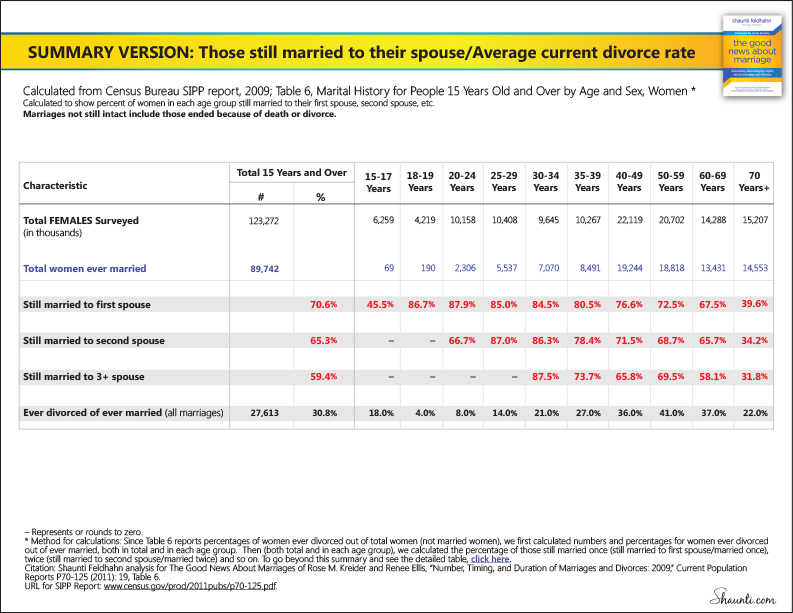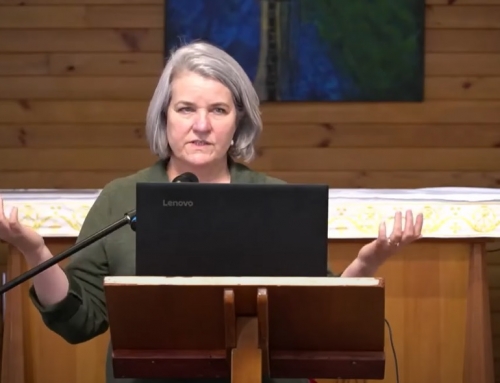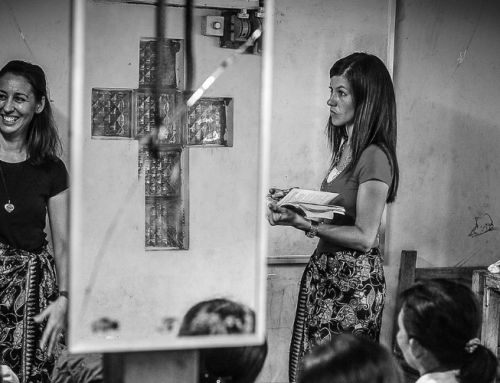If you’ve ever felt uneasy about the commonly quoted divorce rates (~50% USA, ~40% Aus), new research is shining a light on just how inadequate these statistics are. We include some excerpts from Shaunti Feldhahn’s new book which outlines the results of eight years of research. Please note: quoted statistics are from USA.
Everything We Think We Know About Marriage and Divorce is Wrong
Shaunti Feldhahn
Have you ever quoted the facts about the 50% divorce rate? Have you ever lamented the fact that the divorce rate was the same in the church? Or that most marriages are just hanging in there, not vibrant and happy?
Have you seen or shared the sobering statistic that most second marriages don’t make it? Or talked about marriage being hard?
I have said every one of those things – whether just to friends or from the stage at marriage conferences. I felt like I had to exhort people to work hard in their marriages, to get them to realize just how seriously they needed to take their vows. And while that goal is incredibly important, I had no idea that my means of getting there was having the opposite effect.
I also had no idea that every one of the statistics i was quoting – statistics that fit both with conventional wisdom and what i saw reported in the media – were nowhere close to true!
Without realizing it, those of us who have shared that information have been, as Andy Stanley put it in the Foreword to my new book The Good News About Marriage, “A small part of a very large problem.” We have been both accepting and adding to a deep sense of cultural discouragement about marriage. A discouragement that instead of motivating people, leeches hope from marriages. A discouragement that, it turns out, is based more on myth than reality.
The Good News
Perhaps most surprising, half of all marriages are not ending in divorce. According to the Census Bureau, 72% of those who have ever been married, are still married to their first spouse! And the 28% who aren’t, includes everyone who was married for many years, until a spouse died. No-one knows what the average first-marriage divorce rate actually is, but based on the rate of widowhood and other factors, we can estimate it is probably closer to 20-25%. For all marriages (including second marriages, and so on), it is in the 31-35% range, depending on the study.
Now, expert demographers continue to project that 40-50% of couples will get divorced – but it is important to remember that those are projections. And I’m skeptical because the actual numbers have never come close, and divorce rates continue to drop, not rise! Even among the highest-risk age group –baby boomers—seven in ten are still married to their first spouse. Most of them have had 30 years’ worth of chances to get divorced…and they are still together.
Now any amount of divorce is still too high! But still, knowing that most marriages last a lifetime is good news that urgently needs to be part of our conventional wisdom.
Another myth that is begging to be debunked is the notion that “Barna found that the rate of divorce is the same in the church.” Actually the Barna Group found no such thing and George Barna himself told me he would love to correct this misunderstanding. Because he wasn’t studying people “in the church.”
The Barna Group studies were focusing specifically on the divorce rates of those with Christian and non-Christian belief systems and didn’t take worship attendance into account. So I partnered with the Barna Group and we re-ran the numbers: and if the person was in church last week, their divorce rate dropped by 27%. And that is one of the smallest drops found in recent studies: overall, regular church attendance lowers the divorce rate anywhere from 25-50%, depending on the study you look at.
Offering Hope
A few years ago, when I first shared these facts and others at a conference of marriage and family pastors, one ministry leader came up to me with a stunned look on his face. “If this is true,” he said, “the implications are enormous.”
Since then I have heard similar statements from hundreds of pastors, counselors and average men and women. They have felt as though for too long they were – as one put it – “held hostage to bad data that we couldn’t contradict.” And they see the dramatic difference it will make to know the truth… and be able to share it.
Imagine the difference for pastors to know that they can stand on stage and tell their congregations with confidence that going to church matters for your marriage.
Imagine the difference to be able to tell a struggling couple, “Most people get through this, and you can too.”
Imagine equipping the average young person with the ability to counter the cynical statements of his college professors or the “why bother getting married” comments of friends who are living together, with the sold truth that, actually, most marriages last a lifetime.
Those of us who work with marriages may secretly wonder whether there is reason for our ministry, if the news about the divorce rate is better than we think. And the answer is a resounding yes. Because I have seen in the research what every marriage counselor knows intimately: divorce isn’t the greatest threat to marriage. Discouragement is.
What marriages need today is hope. And of all people, we in the Body of Christ should be the most ready to offer hope – not just for our spiritual life but for our marriages. And now, we can.
The Numbers
There are many different ways to look at the divorce rate. But in our view, the most compelling is the fact that 71% of women are still married to their first spouse –and many of those that aren’t still married are widowed, not divorced.
It is vital to share this simple data. One reason the discouraging myths have gotten so much traction is that up until now, the discouraging notions (like the 50% divorce rate) have been ultra-simple and clear but the encouraging numbers were not.
With no simple hook, none of the very real good news has made it into our conventional wisdom. So the bad-news conventional wisdom –some of which is accurate, much of which isn’t — has spread unchecked. That is one main reason we wrote the book.
Below is one summary table – drawn directly from 2009 Census Bureau data – which outlines these key truths worth sharing:
- The percentage of women still married to their first spouse and second spouse, on average, is 71% and 65% respectively. Note that although 41% of the baby-boomer generation (the highest-risk group) was divorced by age 50-59, their high divorce rate is primarily because of second and third marriages. As you can see, 72.5% of women even in that high-risk group are still married to their first spouse! (And remember, some of the 27.5% of that group that aren’t still married lost their spouses to death, not divorce.)
- On average, including all marriages (including second and third marriages) 30.8% of women have been divorced.

For More information: here
Shaunti Feldhahn is a Harvard-trained social researcher, popular speaker and best-selling author of For Women Only, For Men Only and The Surprising Secrets of Highly Happy Marriages, which have sold more than 2 million copies in 22 languages worldwide. Her research is regularly featured in media as diverse as The New York Times and Focus on the Family, Cosmopolitan Magazine and The Today Show. With The Good News About Marriage, Shaunti is eager to support leaders in moving marriages from discouragement to hope. Get updates at www.goodnewsmarriage.com.Questions for Discussion
- How does the highly inflated divorce rate commonly quoted in the media harm marriages?
- How can this new research impact the message about marriage from church leaders and marriage educators?






Another great article and the implications are huge. I guess it comes down to the glass half full argument. For so long we have focussed upon what is NOT working rather than what is. This is the path that Seligman took. Rather than looking at failure and pathology all the time let’s start looking at what works and do more of that.